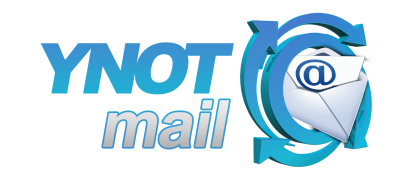
Multilingual Email Marketing: Reaching Global Audiences
In today’s interconnected world, businesses are no longer limited by geographical boundaries. With the rise of the internet and the increasing accessibility of technology, companies have a unique opportunity to reach a global audience. Email marketing has emerged as a powerful tool to engage with customers and prospects, and when it comes to international reach, using different languages in email campaigns can be a game-changer. In this blog post, we will explore the benefits of multilingual email marketing and provide practical tips on how to effectively use different languages to connect with diverse audiences.
The Benefits of Multilingual Email Marketing: Expanding your Reach: By utilizing different languages, you can tap into new markets and engage with potential customers who may not be proficient in your primary language. This approach allows you to break down communication barriers and establish connections with a broader audience.
Building Trust and Credibility: When you communicate with people in their native language, it shows respect for their culture and demonstrates your commitment to providing a personalized experience. This can enhance trust, increase brand credibility, and foster stronger customer relationships.
Increasing Conversion Rates: Tailoring your email content to match the preferences and expectations of your target audience improves the chances of capturing their attention and driving them to take desired actions. Multilingual emails allow you to deliver relevant and compelling messages that resonate with recipients, ultimately boosting conversion rates.
Key Considerations for Multilingual Email Marketing: Understand Your Audience: Research and analyze your target market to identify the languages spoken by your audience. This information will guide your decision on which languages to prioritize in your email campaigns.
Translation and Localization: While translation is a crucial aspect, localization takes it a step further by adapting the content to fit the cultural nuances, context, and preferences of each target audience. Partnering with professional translators and localization experts ensures accurate and culturally appropriate messaging.
Segmenting Your Audience: Segmenting your email list based on language preferences allows you to deliver targeted content to specific language segments. This approach enables you to provide a personalized experience and increase the relevance of your emails.
Subject Lines and Preheaders: Craft attention-grabbing subject lines and preheaders that capture the essence of your email content. Keep in mind that direct translations might not convey the intended impact, so adapt them accordingly to resonate with each language segment.
Responsive Design: Optimize your email templates for different devices and screen sizes to ensure that your emails are easily readable and visually appealing across various platforms. A responsive design contributes to a positive user experience, regardless of the language.
Best Practices for Multilingual Email Campaigns: A/B Testing: Experiment with different variations of your emails to understand which language, tone, and messaging style resonate the most with your audience. A/B testing allows you to refine your approach and optimize your campaign for better results.
Personalization: Leverage customer data to personalize your emails beyond language. Incorporate recipient names, location-specific offers, and other relevant information to create a personalized experience that speaks directly to the individual.
Clear Call-to-Action (CTA): Ensure that your CTAs are straightforward and compelling, directing recipients to take the desired action. Use localized CTA buttons and links that are easy to understand and encourage engagement.
Analyze and Iterate: Regularly review the performance metrics of your email campaigns, such as open rates, click-through rates, and conversions. Analyze the data to gain insights, identify areas for improvement, and refine your multilingual email marketing strategy.
Multilingual email marketing offers immense potential for businesses to connect with global audiences and establish meaningful relationships. By understanding your audience and implementing key considerations and best practices, you can effectively use different languages to break down barriers, build trust, and increase conversion rates.
